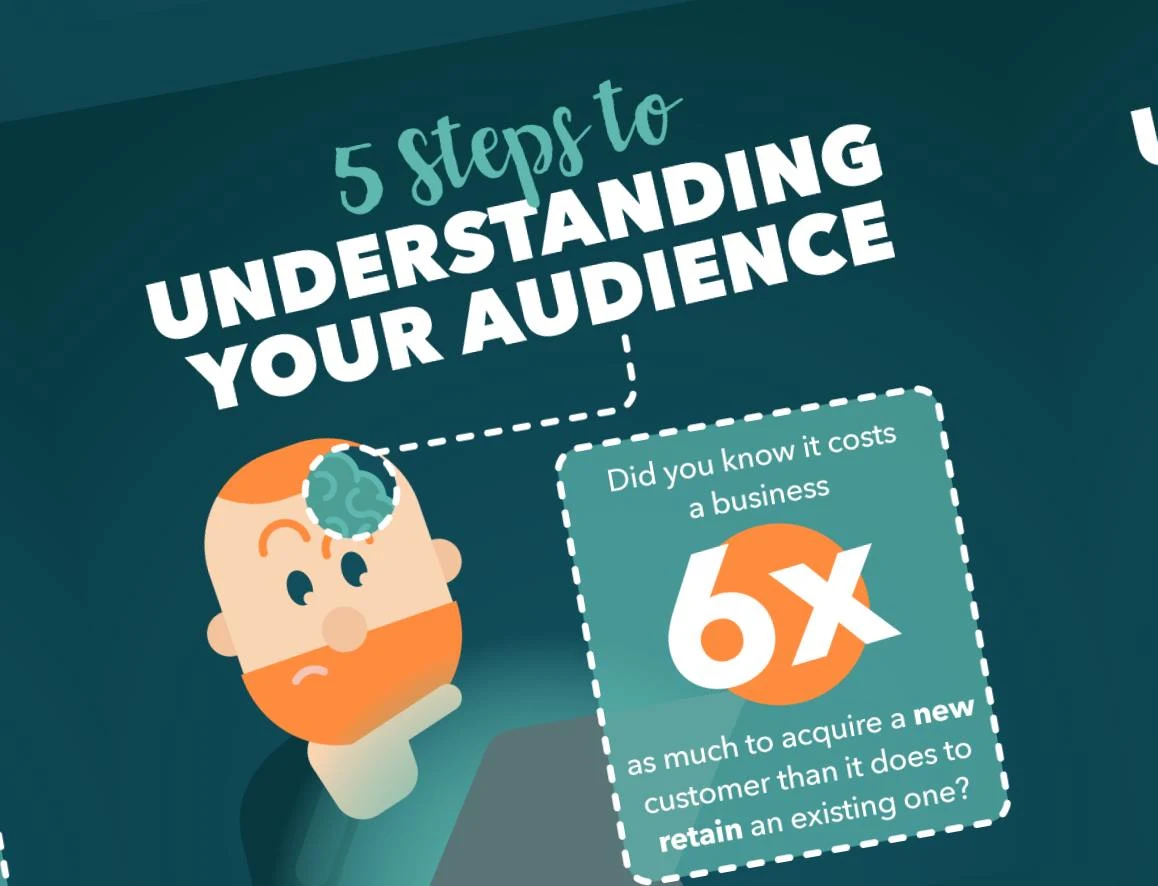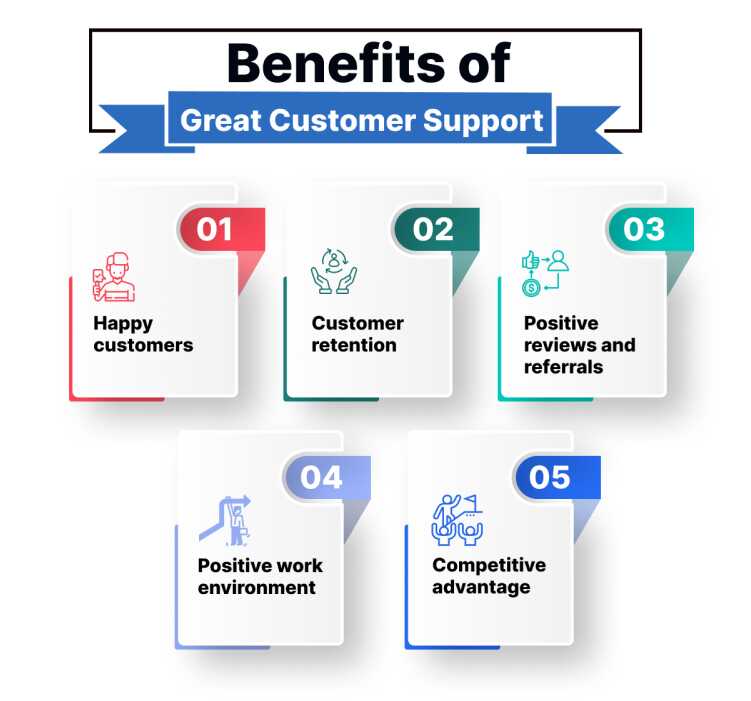Laying the Foundation: Understanding Your Niche and Target Audience
When it comes to starting a successful Etsy shop, identifying a specific niche or market is crucial. A well-defined niche helps you stand out from the competition, attract a dedicated customer base, and create products that meet their specific needs. To find your niche, research popular trends on Etsy and other online marketplaces. Look for gaps in the market, and identify areas where you can offer unique and high-quality products.
Understanding your target audience is also vital. Who are your ideal customers? What are their interests, needs, and preferences? Creating buyer personas can help you tailor your products and marketing strategies to appeal to your target audience. Consider factors such as age, location, income level, and lifestyle to create a comprehensive profile of your ideal customer.
Once you have identified your niche and target audience, create a unique selling proposition (USP) that sets your shop apart from others. Your USP should clearly communicate the value and benefits of your products, and explain why customers should choose your shop over others. This will help you establish a strong brand identity and attract customers who are looking for what you offer.
For example, if you specialize in handmade jewelry, your USP might be “Unique, handcrafted jewelry pieces made with sustainable materials and a focus on exceptional customer service.” This USP clearly communicates the value and benefits of your products, and sets your shop apart from others in the market.
By identifying your niche, understanding your target audience, and creating a unique selling proposition, you can lay the foundation for a successful Etsy shop. This will help you create products that meet the needs of your customers, attract a dedicated customer base, and establish a strong brand identity.
Setting Up Shop: Creating a Professional and Visually Appealing Storefront
Once you have identified your niche and target audience, it’s time to set up your Etsy shop. This involves creating a professional and visually appealing storefront that showcases your brand and products. Your shop’s name is the first thing customers will see, so choose a name that is memorable, easy to spell, and reflects your brand’s identity.
When creating your shop’s profile, include a clear and concise description of your business, as well as a profile picture and cover photo that reflect your brand’s aesthetic. This will help customers get a sense of who you are and what you offer. Make sure to also include relevant keywords in your profile, as this will help with search engine optimization (SEO).
Designing a visually appealing storefront is also crucial. Use Etsy’s built-in design tools to create a cohesive and professional-looking shop. Choose a color scheme and typography that reflects your brand’s identity, and make sure to include high-quality product photos. Consider using a consistent layout and design elements throughout your shop to create a cohesive look.
When it comes to creating a successful Etsy shop, having a professional and visually appealing storefront is essential. It will help you stand out from the competition, attract customers, and build a strong brand identity. By following these tips, you can create a shop that showcases your products and brand in the best possible light.
In addition to creating a visually appealing storefront, make sure to also optimize your shop’s settings for search. This includes setting up your shop’s categories, tags, and attributes, as well as ensuring that your shop is visible in search results. By optimizing your shop’s settings, you can increase your visibility and attract more customers to your shop.
By following these steps, you can set up a professional and visually appealing Etsy shop that showcases your brand and products. This will help you build a strong foundation for your business and attract customers who are looking for what you offer. Remember to always keep your target audience in mind when setting up your shop, and make sure to optimize your shop’s settings for search to increase your visibility.
Product Photography 101: Tips for Showcasing Your Items in the Best Light
When it comes to showcasing your products on Etsy, high-quality product photography is essential. Good product photos can help increase sales, improve customer satisfaction, and build trust with potential buyers. In this section, we’ll provide tips and best practices for taking high-quality product photos that showcase your items in the best light.
Lighting is one of the most critical factors in product photography. Natural light is always the best option, so try to take your photos near a window or outside during the golden hour (the hour just before sunset). Avoid using harsh direct light, as it can create unflattering shadows and highlights. If you’re shooting indoors, invest in a good quality lighting kit or use a well-lit photo studio.
Composition is also crucial in product photography. Consider the rule of thirds, where you place your product off-center in the frame, creating a more dynamic and interesting composition. Experiment with different angles and perspectives to add visual interest to your photos. Make sure to include a clear and concise description of your product in the photo, including any relevant details such as materials, size, and color.
Editing is also an essential step in product photography. Use photo editing software to adjust the brightness, contrast, and saturation of your photos. Remove any blemishes or imperfections, and make sure the product is the main focus of the photo. Avoid over-editing, as it can make your photos look unnatural and unappealing.
When it comes to showcasing your products on Etsy, consider using lifestyle photos that show your product in use. This can help customers visualize how your product can fit into their daily lives, increasing the chances of a sale. Use high-quality models or props to create a visually appealing scene, and make sure the product is the main focus of the photo.
In addition to taking high-quality product photos, make sure to also optimize your photos for Etsy’s search algorithm. Use relevant keywords in your photo titles and descriptions, and make sure to include alt tags that describe the product. This will help your photos appear in search results, increasing the visibility of your shop and driving more traffic to your products.
By following these tips and best practices, you can take high-quality product photos that showcase your items in the best light. This will help increase sales, improve customer satisfaction, and build trust with potential buyers. Remember to always keep your target audience in mind when taking product photos, and make sure to optimize your photos for Etsy’s search algorithm to increase visibility.
Optimizing Your Listings for Search: A Guide to Etsy SEO
When it comes to selling on Etsy, optimizing your listings for search is crucial. Etsy’s search algorithm is designed to help customers find the products they’re looking for, and by optimizing your listings, you can increase your visibility and drive more traffic to your shop. In this section, we’ll provide tips and best practices for optimizing your Etsy listings for search.
Using relevant keywords is one of the most important factors in Etsy SEO. Make sure to include keywords that accurately describe your product in your title, description, and tags. Use tools like Google Keyword Planner or EtsyRank to find relevant keywords and phrases that customers are searching for. Avoid using irrelevant or repetitive keywords, as this can negatively impact your search rankings.
Writing detailed and accurate descriptions is also essential for Etsy SEO. Make sure to include all relevant details about your product, including materials, size, color, and weight. Use a clear and concise writing style, and avoid using jargon or technical terms that may confuse customers. Use headings and subheadings to break up your description and make it easier to read.
Etsy’s built-in SEO tools can also help you optimize your listings for search. Use Etsy’s keyword research tool to find relevant keywords and phrases, and make sure to include them in your title, description, and tags. Use Etsy’s listing analytics to track your shop’s performance and identify areas for improvement.
Optimizing your images is also important for Etsy SEO. Use high-quality images that accurately represent your product, and make sure to include relevant keywords in your image titles and descriptions. Use alt tags to describe your images, and make sure to include relevant keywords in your alt tags.
By following these tips and best practices, you can optimize your Etsy listings for search and increase your visibility. Remember to always keep your target audience in mind when optimizing your listings, and make sure to use relevant keywords and phrases that accurately describe your product.
In addition to optimizing your listings for search, make sure to also optimize your shop’s categories and tags. Use relevant keywords and phrases in your categories and tags, and make sure to include them in your title and description. This will help your shop appear in search results and drive more traffic to your products.
By optimizing your Etsy listings for search, you can increase your visibility, drive more traffic to your shop, and ultimately, increase your sales. Remember to always keep your target audience in mind when optimizing your listings, and make sure to use relevant keywords and phrases that accurately describe your product.
Pricing Strategies for Success: How to Set Prices That Sell
When it comes to selling on Etsy, pricing your products correctly is crucial. If your prices are too high, you may deter potential customers. If your prices are too low, you may not be making enough profit. In this section, we’ll discuss the different pricing strategies that can be used on Etsy, including tips on researching competitors, calculating costs, and setting prices that balance profitability with customer demand.
Researching your competitors is an essential step in determining your pricing strategy. Look at what similar sellers are charging for similar products, and take note of any patterns or trends. You can use tools like EtsyRank or Marmalead to research your competitors and find the optimal price for your products.
Calculating your costs is also crucial when it comes to pricing your products. Make sure to include all relevant costs, such as materials, time, and shipping. You can use a pricing calculator or spreadsheet to help you calculate your costs and determine your pricing strategy.
Setting prices that balance profitability with customer demand is also important. You want to make sure that you’re making enough profit to sustain your business, but you also want to make sure that your prices are competitive and attractive to customers. Consider using a pricing strategy like penetration pricing, where you set a low initial price to attract customers and then raise the price over time.
Another pricing strategy that can be effective on Etsy is value-based pricing. This involves setting prices based on the perceived value of your products to customers. For example, if you’re selling handmade jewelry, you may be able to charge a higher price because of the unique and personalized nature of your products.
Ultimately, the key to successful pricing on Etsy is to find a balance between profitability and customer demand. By researching your competitors, calculating your costs, and setting prices that balance profitability with customer demand, you can create a pricing strategy that works for your business and helps you achieve success on Etsy.
In addition to setting prices that balance profitability with customer demand, it’s also important to consider the psychological impact of pricing on customers. For example, prices that end in .99 or .95 can be more attractive to customers than prices that end in .00. Consider using pricing strategies like anchoring, where you offer a higher-priced product to make your lower-priced products seem more attractive.
By using these pricing strategies and considering the psychological impact of pricing on customers, you can create a pricing strategy that works for your business and helps you achieve success on Etsy.
Marketing and Promotion: Getting the Word Out About Your Shop
Once you have set up your Etsy shop and optimized your listings for search, it’s time to start marketing and promoting your shop to attract customers. In this section, we’ll discuss various marketing and promotion strategies that can be used to drive traffic to your Etsy shop, including social media marketing, email marketing, and paid advertising.
Social media marketing is a great way to promote your Etsy shop and connect with potential customers. Create a business account on platforms like Instagram, Facebook, and Pinterest, and post high-quality photos of your products. Use relevant hashtags to reach a wider audience, and engage with your followers by responding to comments and messages.
Email marketing is another effective way to promote your Etsy shop and drive traffic to your listings. Build an email list by collecting email addresses from your customers and potential customers, and send out regular newsletters with updates on new products, promotions, and sales. Use email marketing software like Mailchimp or Constant Contact to create and send professional-looking emails.
Paid advertising is also a great way to promote your Etsy shop and drive traffic to your listings. Use platforms like Google AdWords or Facebook Ads to create targeted ads that reach potential customers who are searching for products like yours. Set a budget and bid on relevant keywords to ensure that your ads are seen by the right people.
In addition to these marketing and promotion strategies, consider collaborating with other Etsy sellers or influencers in your niche to reach a wider audience. Partner with complementary sellers to cross-promote each other’s products, or work with influencers to showcase your products to their followers.
Another effective way to promote your Etsy shop is to offer promotions and discounts to attract new customers and encourage repeat business. Consider offering a discount code or free shipping on orders over a certain amount, or running a sale or promotion during a slow period.
By using these marketing and promotion strategies, you can drive traffic to your Etsy shop and attract new customers. Remember to always track your results and adjust your strategies accordingly to ensure that you’re getting the best return on your investment.
In addition to these strategies, consider using Etsy’s built-in marketing tools to promote your shop and listings. Etsy offers a range of tools and features that can help you promote your shop and drive traffic to your listings, including promoted listings, sponsored ads, and sales and promotions.
By using these tools and strategies, you can promote your Etsy shop and drive traffic to your listings, ultimately increasing your sales and revenue.
Providing Excellent Customer Service: Building a Positive Reputation on Etsy
Providing excellent customer service is crucial for building a positive reputation on Etsy and driving repeat business. In this section, we’ll discuss the importance of providing excellent customer service, including tips on responding to reviews, resolving issues, and building a positive reputation through exceptional customer service.
Responding to reviews is an essential part of providing excellent customer service on Etsy. Respond promptly to all reviews, both positive and negative, and thank customers for their feedback. Use reviews as an opportunity to showcase your customer service skills and build trust with potential customers.
Resolving issues is also critical for providing excellent customer service on Etsy. If a customer has a problem with their order, respond promptly and work to resolve the issue as quickly as possible. Offer refunds or replacements when necessary, and always keep the customer informed throughout the process.
Building a positive reputation through exceptional customer service is key to driving repeat business and attracting new customers to your Etsy shop. Focus on providing excellent customer service in every interaction, and use customer feedback to improve your products and services.
In addition to responding to reviews and resolving issues, consider offering exceptional customer service through proactive communication. Reach out to customers after their purchase to ensure they’re satisfied with their order, and offer personalized recommendations for future purchases.
By providing excellent customer service, you can build a positive reputation on Etsy and drive repeat business. Remember to always prioritize customer satisfaction, and use customer feedback to improve your products and services.
Another way to provide excellent customer service is to offer personalized support. Consider offering customized orders or personalized messages to make your customers feel special. This can help build a loyal customer base and drive repeat business.
Finally, consider using Etsy’s built-in customer service tools to provide excellent customer service. Etsy offers a range of tools and features that can help you provide exceptional customer service, including order tracking, shipping labels, and customer messaging.
By using these tools and strategies, you can provide excellent customer service and build a positive reputation on Etsy. Remember to always prioritize customer satisfaction, and use customer feedback to improve your products and services.
Monitoring and Analyzing Performance: Using Etsy Analytics to Inform Your Strategy
Monitoring and analyzing your shop’s performance is crucial for making informed decisions about your marketing and optimization strategies. In this section, we’ll discuss how to use Etsy’s built-in analytics tools to track sales, traffic, and customer behavior, and provide tips on how to use this data to inform your strategy.
Etsy’s analytics tools provide a wealth of information about your shop’s performance, including sales, traffic, and customer behavior. Use these tools to track your shop’s performance over time, and identify areas for improvement. For example, you can use Etsy’s analytics tools to see which products are selling the most, which keywords are driving the most traffic to your shop, and which customers are making repeat purchases.
One of the most important metrics to track is sales. Use Etsy’s analytics tools to track your shop’s sales over time, and identify trends and patterns. For example, you can use Etsy’s analytics tools to see which products are selling the most, and which months are the busiest for your shop.
Another important metric to track is traffic. Use Etsy’s analytics tools to track the number of visitors to your shop, and identify which keywords are driving the most traffic. For example, you can use Etsy’s analytics tools to see which keywords are driving the most traffic to your shop, and which pages are the most popular.
Customer behavior is also an important metric to track. Use Etsy’s analytics tools to track customer behavior, such as which products customers are viewing, which products customers are purchasing, and which customers are making repeat purchases. For example, you can use Etsy’s analytics tools to see which products are being viewed the most, and which customers are making repeat purchases.
By using Etsy’s analytics tools to track sales, traffic, and customer behavior, you can gain valuable insights into your shop’s performance, and make informed decisions about your marketing and optimization strategies. For example, you can use Etsy’s analytics tools to identify areas for improvement, such as which products are not selling well, and which keywords are not driving enough traffic to your shop.
In addition to using Etsy’s analytics tools, consider using other tools and resources to track your shop’s performance. For example, you can use Google Analytics to track your shop’s traffic and sales, and social media analytics tools to track your shop’s social media performance.
By using these tools and resources, you can gain a comprehensive understanding of your shop’s performance, and make informed decisions about your marketing and optimization strategies.








